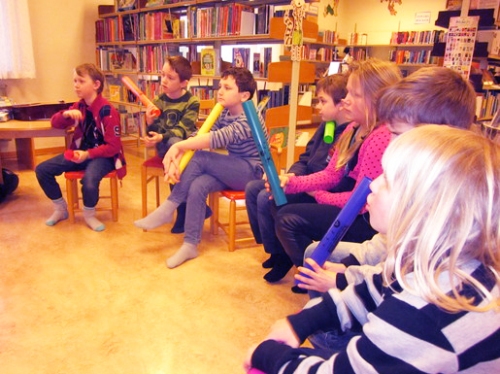
On 9 February 2024, RILM presents a panel titled “Towards Global Knowledge, Decolonization, and Preservation—Challenges and Opportunities Through Culture and Arts Education” as part of the UNESCO World Conference on Culture and Arts Education 2024. The four presentations in this side event are all rooted in the understanding that information literacy is a fundamental pillar in education—each presentation pivots on the notion of global knowledge as a foundation of culture and arts education. After RILM Director Tina Frühauf opens the panel with discussion of a broader theoretical framework, the second presentation by Executive Editor Zdravko Blažeković examines RILM as a model that underlines the importance of a global approach to information literacy. The following presentation by RILM Associate Editor Farah Zahra presents a local perspective, using the case of Iraqi literature and knowledge as an example. The final presentation by RILM Editor MU Qian highlights decolonization (understood here as an ongoing process) as an additional objective for the UNESCO Framework for Culture and Arts Education, taking the treatment of Uygur culture as a case in point.
For further information on RILM’s panel and information on joining the presentation, please visit https://www.rilm.org/wccae2024/
For more information on UNESCO World Conference on Culture and Arts Education 2024, visit https://www.unesco.org/en/wccae2024?hub=86510
Also, be sure to check out RILM’s resources for learning including materials for teachers, students, performers, and music researchers interested in RILM’s rich music databases, research tools, and full-text publications. Learn more at https://www.rilm.org/classrooms/







